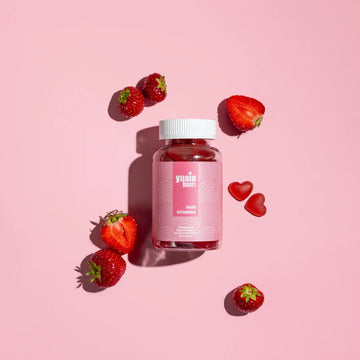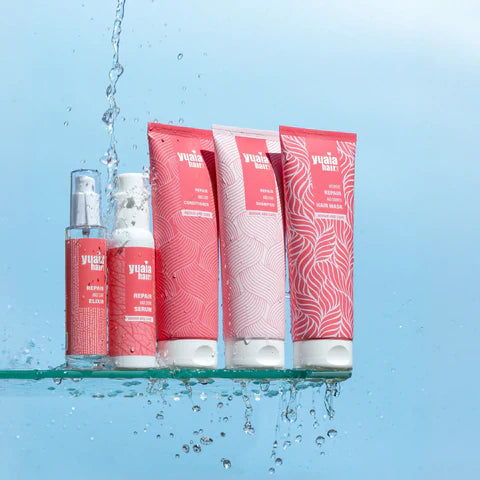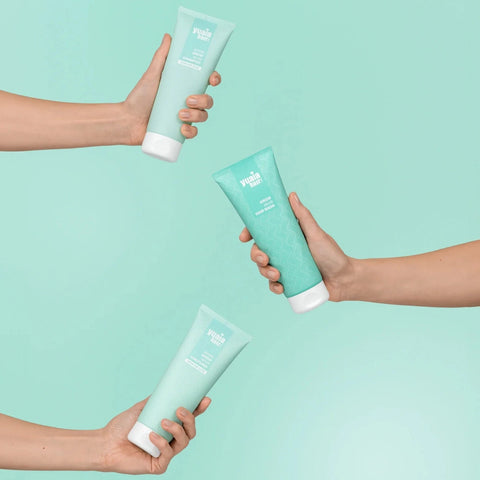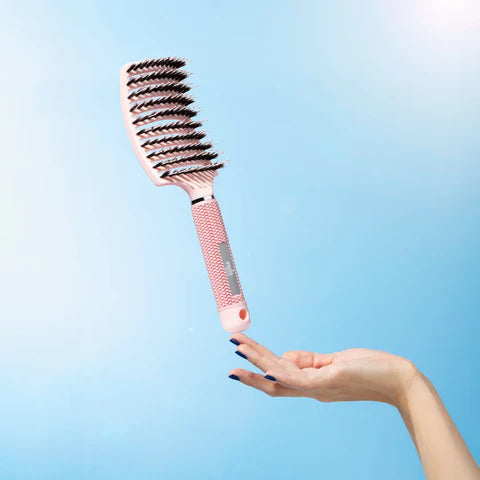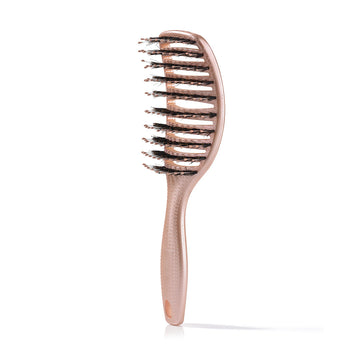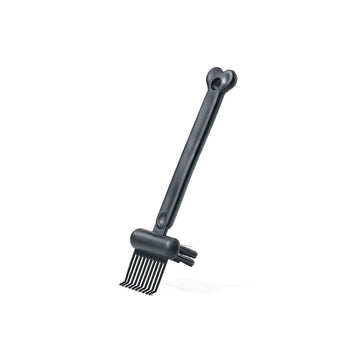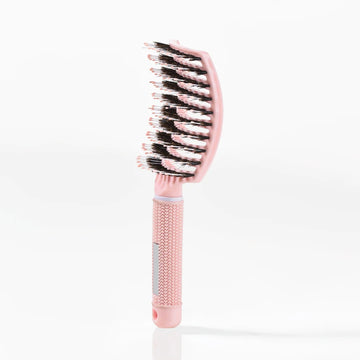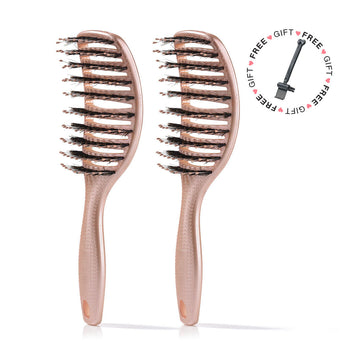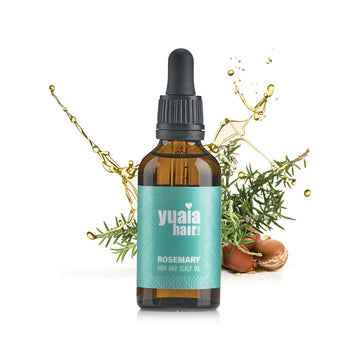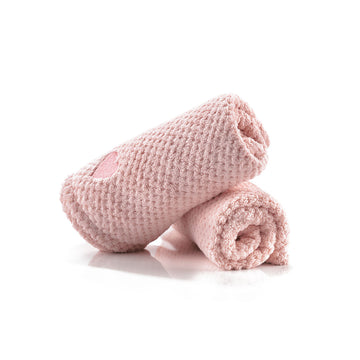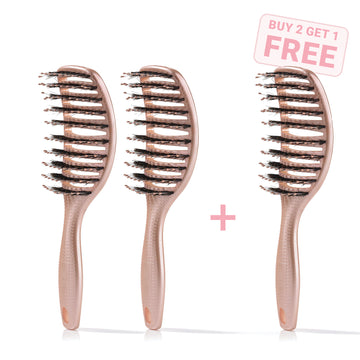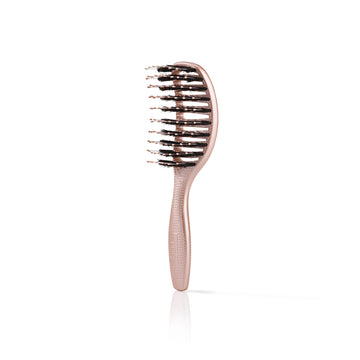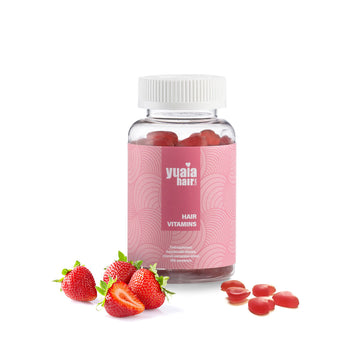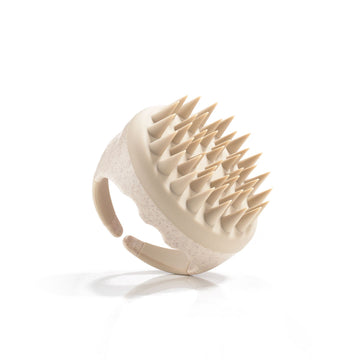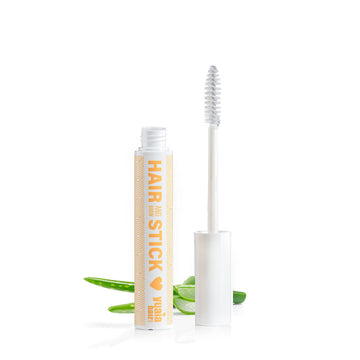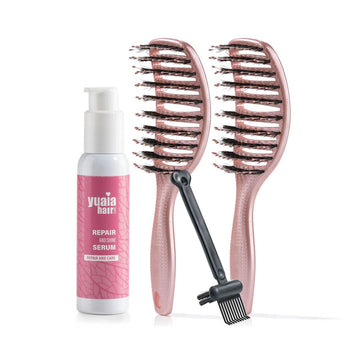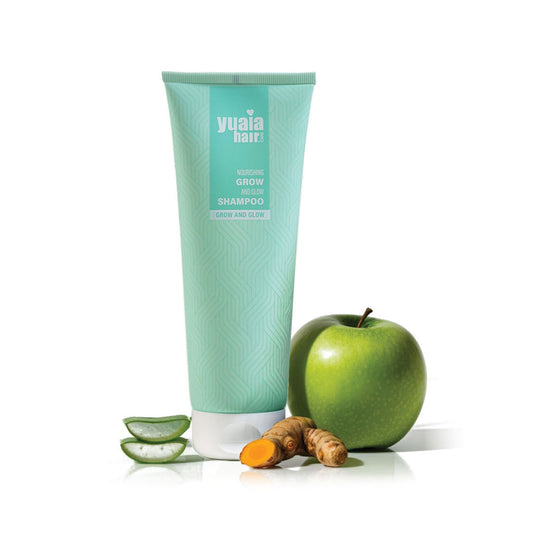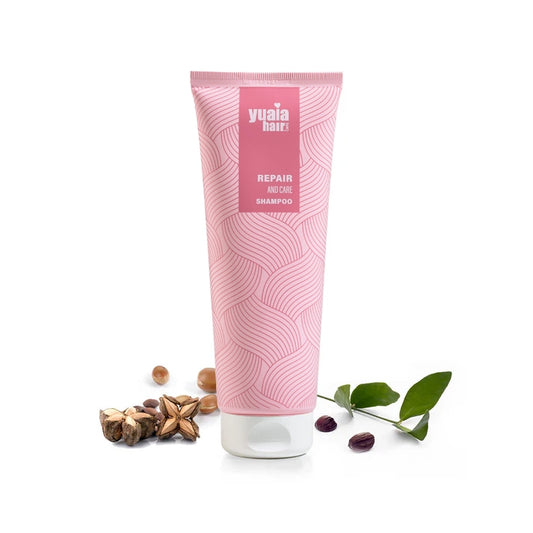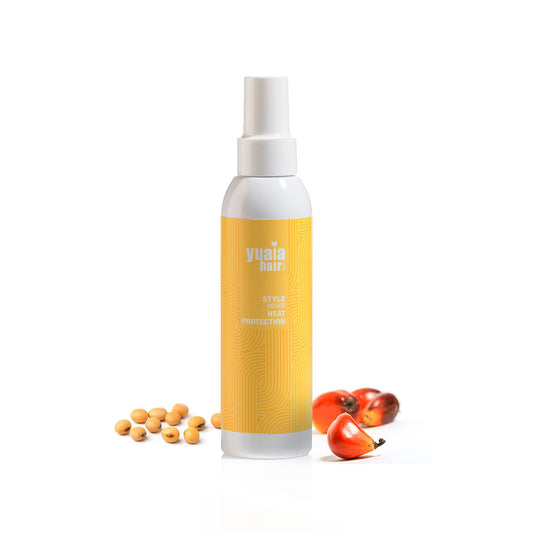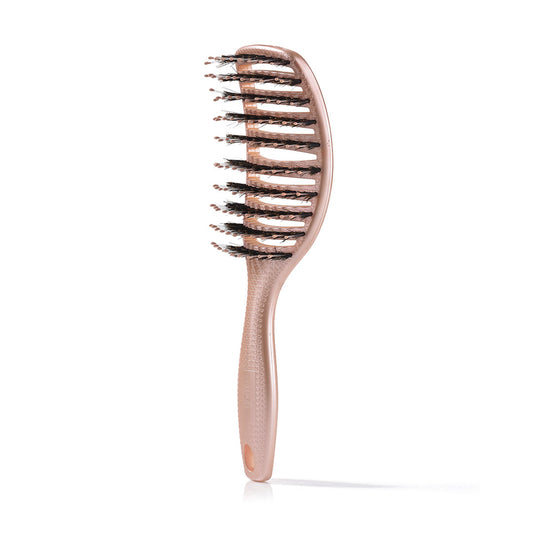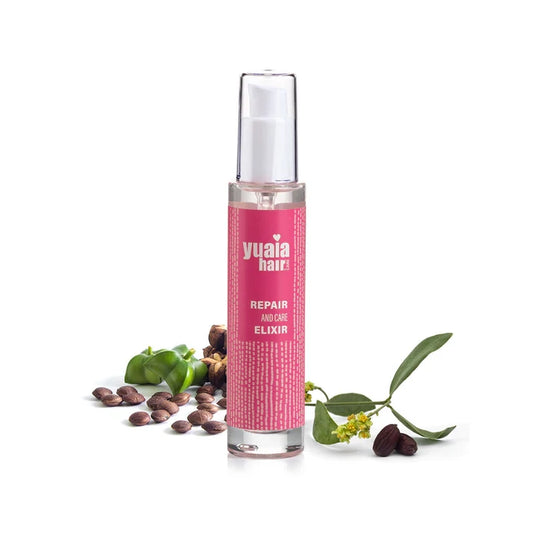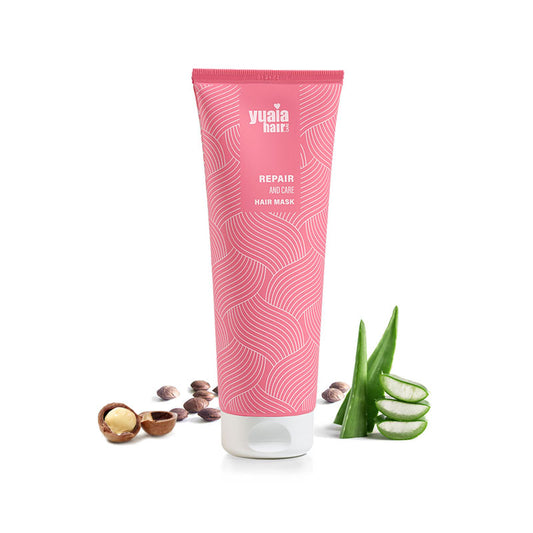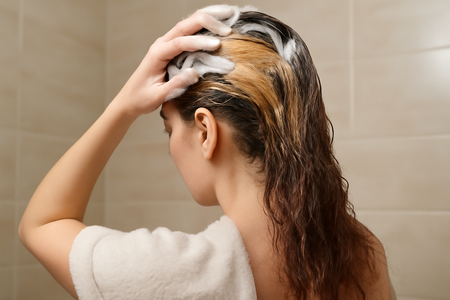
Health risks and structural changes
Chemically treated hair often undergoes significant structural changes, which can compromise its health. The chemicals used in treatments like straightening, relaxing, perming, bleaching, and dyeing can weaken the hair cuticle. This weakening leads to dryness, brittleness, and a loss of shine. Over time, repeated exposure to these chemicals can exacerbate these issues, making hair more susceptible to breakage.
Potential health risks
Beyond the immediate effects on hair, there are potential health risks associated with frequent use of chemical hair products. Some treatments contain ingredients that can cause scalp irritation, allergic reactions, and even burns. Moreover, there is growing concern about the long-term health implications of certain chemicals, with studies suggesting links to more severe health conditions. Consumers should be aware of these risks and take steps to minimize their exposure.
Effective care practices
Gentle cleansing and conditioning
To care for chemically treated hair, it's essential to adopt a gentle cleansing and conditioning routine. Using sulfate-free shampoos and conditioners can help maintain moisture and prevent further damage. Our Grow and Glow shampoo is ideal for those with thinning or flat hair, while the Repair and Care shampoo is perfect for dry, damaged hair. Both products are sulfate-free, helping to preserve moisture and improve hair health.
Minimizing heat damage
Heat styling can exacerbate the damage caused by chemical treatments. It's important to minimize the use of heat tools and to always apply a heat protectant spray before styling. This helps create a barrier that reduces the risk of heat-induced damage, keeping hair healthier over time. Consider using our heat protectant spray to shield your hair from the adverse effects of styling tools.
Legal and consumer safety considerations
Awareness of product liability
There is an increasing awareness of the legal implications surrounding chemical hair products. Consumers are becoming more informed about their rights and the potential for product liability lawsuits against manufacturers that fail to disclose the risks associated with their products. Staying informed about these issues can empower consumers to make safer choices for their hair.
Choosing safer alternatives
When selecting hair care products, it's wise to opt for those with clean ingredient lists. Avoiding harmful chemicals can significantly reduce the risk of adverse reactions and long-term health issues. Our products are formulated without harsh chemicals, providing a safer alternative for those with chemically treated hair.
Additional care tips for chemically treated hair
While chemically treated hair can offer a fresh and exciting look, maintaining its health requires a thoughtful approach. Beyond the basic care practices, there are additional steps you can take to ensure your hair remains vibrant and healthy.
Brushing and detangling
Proper brushing techniques are essential for preventing breakage in chemically treated hair. Using a brush made with gentle materials, like our Curvy Brush, can help detangle and smooth your hair without causing additional damage. Start from the ends and work your way up to the roots to minimize stress on the hair shaft.
Hydration and moisture retention
Maintaining moisture is key to keeping chemically treated hair healthy. Leave-in conditioners and serums can provide an extra layer of hydration, helping to seal the cuticle and lock in moisture. Regular use of these products can prevent dryness and enhance the overall texture of your hair.
Legal awareness and brand transparency
It's important to stay informed about the legal actions and safety concerns surrounding chemical hair treatments. Understanding these issues can guide you in making informed decisions about the products you use. At Yuaia Haircare, we are committed to transparency and safety, offering products that prioritize your hair's health without compromising on quality.
Frequently asked questions
How can I repair my chemically damaged hair?
Repairing chemically damaged hair involves several steps. Regular trims can help remove split ends, while hydrating masks and reducing heat exposure can restore moisture and strength. Consistently using gentle, nourishing products will also aid in the recovery process.
Is chemical straightening safe?
Chemical straightening can pose risks if not done correctly. It's essential to choose safer alternatives and ensure you are informed about the chemicals involved. Opt for treatments that are known for their gentler formulations and always follow up with proper aftercare.
 2-4 day UK delivery
2-4 day UK delivery
 25.000+ satisfied customers
25.000+ satisfied customers
 Satisfaction Guarantee
Satisfaction Guarantee

